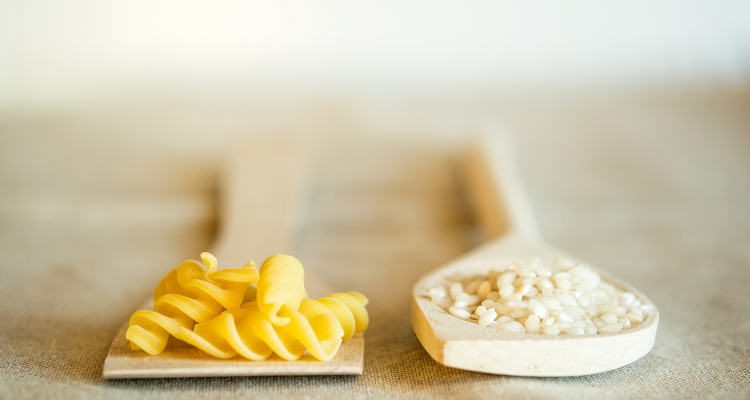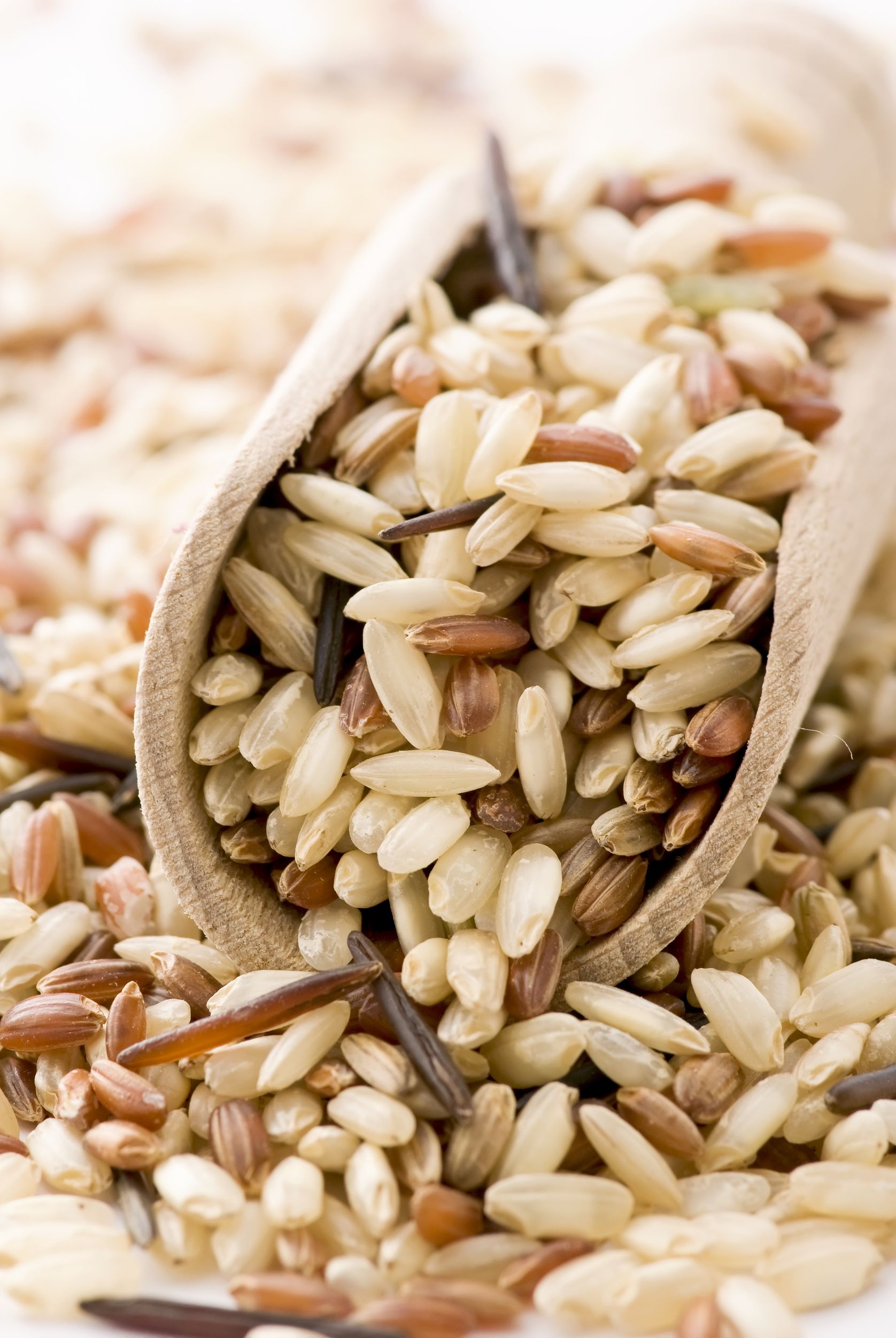- Get link
- X
- Other Apps
- Get link
- X
- Other Apps
PASTA VS RICE: WHICH HAS MORE
NUTRITIONAL VALUE?
Most people think that carbohydrate-rich foods such as pasta and rice are bad for you when looking for a balanced diet. This couldn’t be further from the truth however, as the exact opposite proves to be the case. These slow-release carbohydrates help to replenish your energy supplies and therefore your endurance during workouts.
Starchy foods like rice and pasta should make up a third of our food intake as part of a balanced diet. But which has better nutritional value: pasta or rice? We’ve taken a look at a standard bag of supermarket white rice and white pasta and broken down the nutritional benefits to find the answer.
Pasta (per 100g)
Calories: 160
Fat: 0.7g
Carbs: 32.5g
Starch: 31g
Starch: 31g
Fibre 1.4g
Protein: 5.1g
Rice (per 100g)
Calories: 117
Fat: 0.5g
Carbs: 25.1g
Carbs: 25.1g
Starch: 24.9g
Fibre: 1.2g
Protein: 2.6g
Protein: 2.6g
The breakdown:
Though there may not seem to be a huge amount of difference between rice and pasta at first glance, when we look at the details we can see that there are pros and cons to both of these carbohydrate sources. The choice most beneficial to you comes down to which works best in accordance to your diet and gym regime.
Rice
When we look at the calorie content of both, rice is quite significantly lower at 117 calories per 100g Vs pasta’s 160 calories. If weight-loss is your aim from a calorie-controlled diet, choosing rice over pasta may be the most beneficial for you.
In terms of carbohydrate content, again, this shows us that rice has much less than pasta. So, if your gym routine relies on limiting the amount of carbohydrates in your diet for optimum results, a portion of rice may be a more beneficial choice for you over pasta.
Pasta
We can see from this that pasta is higher in dietary fibre than rice, which is a really important part of a healthy diet and the health of the body’s digestive system.
We can also see that pasta is higher in protein at 5.1g per 100g Vs. rice’s 2.6g, so if ensuring a high protein content from your food sources is a key aim for diet to aid your workout results, pasta may be a better choice. Protein helps our muscle groups develop and recover from exercise, so if activities such as weight training are a part of your gym regime, protein is a particularly import element to look out for from dietary sources.
The results:
While we can enjoy benefits of both rice and pasta in a healthy diet, the aims of your individual work out plan determines which benefits you most. For lower calorie and carbohydrate content, rice comes up trumps. But if protein and fibre is your aim, pasta wins over rice.
Though carbs are an important part of your diet, portion control is key and whole-grain alternatives to both rice and pasta are healthier choices for your body than their refined grain alternatives. Remember that your plate should also be made up of plenty of nutrient dense food like vegetables and that adding protein from meat or meat alternatives to your pasta and rice dishes creates a more satisfying and nutritious meal.
- Get link
- X
- Other Apps



Comments
Post a Comment